How to add a vapor barrier to existing building?
fourthsibling
15 years ago
Related Stories
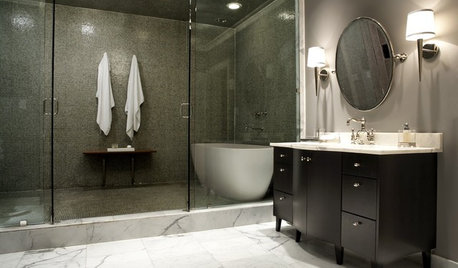
BATHROOM DESIGNHow to Choose Tile for a Steam Shower
In steamy quarters, tile needs to stand up to all that water and vapor in style. Here's how to get it right the first time
Full Story
GREAT HOME PROJECTSHow to Add a Radiant Heat System
Enjoy comfy, consistent temperatures and maybe even energy savings with hydronic heating and cooling
Full Story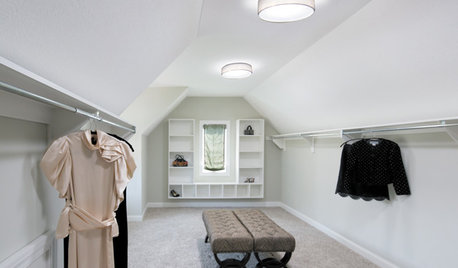
GREAT HOME PROJECTSHow to Add a Skylight or Light Tube
New project for a new year: Increase daylight and maybe even your home’s energy efficiency by opening a room to the sky
Full Story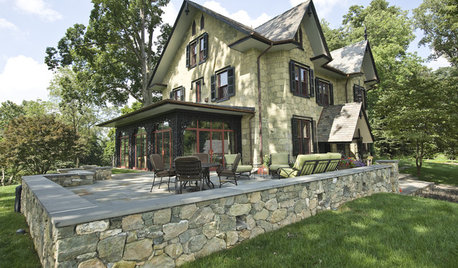
LANDSCAPE DESIGNGarden Walls: Mortared Stone Adds Structure, Style and Permanence
Learn the pros and cons of using wet-laid stone walls in your landscape
Full Story
GREEN BUILDINGInsulation Basics: Heat, R-Value and the Building Envelope
Learn how heat moves through a home and the materials that can stop it, to make sure your insulation is as effective as you think
Full Story
FARM YOUR YARDHow to Build a Raised Bed for Your Veggies and Plants
Whether you’re farming your parking strip or beautifying your backyard, a planting box you make yourself can come in mighty handy
Full Story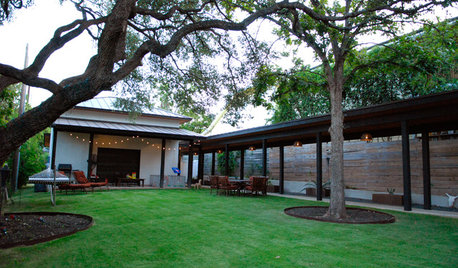
TREESHow to Protect Your Trees When You’re Remodeling or Building
Will your home be undergoing construction this year? Be sure to safeguard your landscape’s valuable trees
Full Story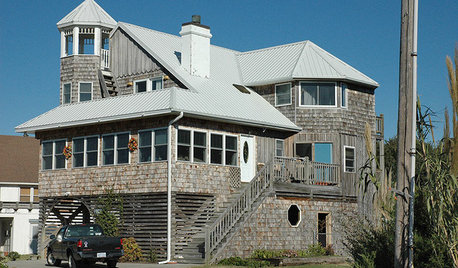
REMODELING GUIDES8 Ecofriendly Roof Options for Low Budgets and Up
Save resources with a cooling or sustainable roof or add-on that looks great and fits your price range
Full Story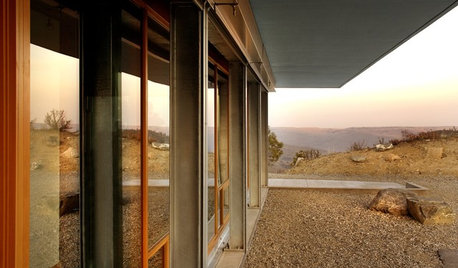
GREEN BUILDINGOff the Grid: Siting and Building to Conserve Energy
Look to low-tech solutions for big energy savings when you’re constructing a home
Full Story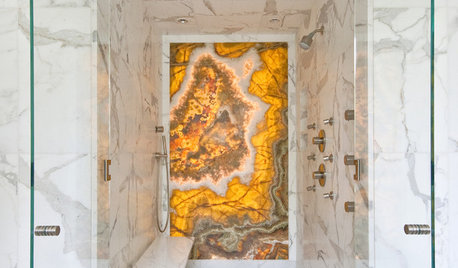
BATHROOM DESIGNHow to Build a Better Shower Curb
Work with your contractors and installers to ensure a safe, stylish curb that keeps the water where it belongs
Full Story









housekeeping
mightyanvil
Related Professionals
Bonita Kitchen & Bathroom Designers · Georgetown Kitchen & Bathroom Designers · San Jacinto Kitchen & Bathroom Designers · San Jose Kitchen & Bathroom Designers · Artondale Kitchen & Bathroom Remodelers · Dearborn Kitchen & Bathroom Remodelers · Durham Kitchen & Bathroom Remodelers · Newberg Kitchen & Bathroom Remodelers · Richland Kitchen & Bathroom Remodelers · Gibsonton Kitchen & Bathroom Remodelers · Brushy Creek Architects & Building Designers · Bull Run Architects & Building Designers · Johnson City Architects & Building Designers · Lansdale Architects & Building Designers · South Pasadena Architects & Building Designersworthy
Pipersville_Carol
mightyanvil